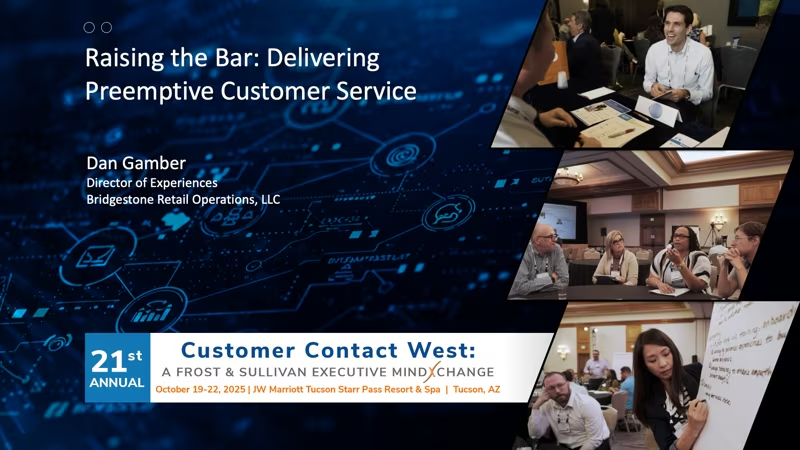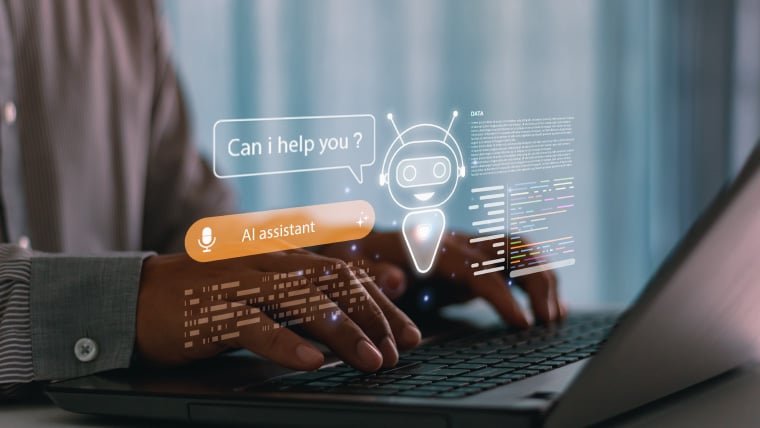Chapter 3 – Soft-Serve Your Way to Self-Service
Just like the self-service frozen yogurt stores, grocery stores with self-checkout, and banks with automated bank teller machines, you will find that self-service automation will require less staff and overhead. This is a true win/win for both customers and the company. What is the secret to achieving this self-service automation layer for your customer service? How can you get to the level of self-serving easy (level 1 and level 2) transactional inquiries into your Customer Support without sacrificing the Customer Experience?
To find the solution, start by looking into your Customer Journey Map. Find out where the Customer is starting to have a poor experience. Take the time to survey your employees to collect feedback on “what they think can improve the journey and experience.” Look at your customer’s responses from the CSAT surveys to see if there is some direct feedback about your People, Process, and/or Product. Another great tactic is to have a group of your decision makers and executives go to the contact center to shadow calls and experiences. We have done this with all of my past companies and it always provides amazing results.

Figure 2.1 People Product and Process
About eight years ago, at one of my previous companies, we shadowed calls and dug into CSAT surveys and found that the People on the team were performing at a high level. We also found that the Processes that we had in place (both internally and externally) for customer support was working really well. But, we found two different types of feedback that pointed to a much-needed Product (technology) change. The first was there were too many nested options and menu prompts for the interactive voice response (IVR). The customers had to go through three to four different nested menus that eventually got them to the right team member. This was extremely frustrating for the customers that wanted to do a simple transactional action like reset their password. The other issue that needed to be solved was that the customer had to mention their name and customer ID when an agent answered the call. This isn’t that bad of a customer experience for most contact centers, but was compounded when they had to spend multiple minutes going through menu prompts just to get to an agent. Causing the whole pre-agent experience to take upwards of five minutes before being put into the phone queue. This was not only an issue with my previous company, but also a hot topic for a couple of the companies I worked for later in my career.
Long IVR menus, having to repeat basic information, and the lack of self-service for simple tasks are great indicators of the lack of the self-service automation layer of support. After identifying the lack of Product, we decided to research how to solve this with technology enhancements. The first thing we focused on was to create an integration between our CRM and IVR/ACD. This was to help utilize data dips into our CRM when the person calls in. It helped identify who the caller is and if they were a special customer to us, so we could play specific messages and/or route them appropriately. We used this to help lower the number of options and menus in the IVR by removing the options that didn’t have value to them.
For example, we removed sales options to existing customers and removed support options to new potential customers. We identified customers who had a high likelihood of canceling and routed them to retention specialists instead of regular support agents. When we had issues that only affected specific customers, we would play a unique message to them letting them know, without affecting the other customer’s experience. This was all designed to help speed up the process with routing and identifying customers pre-agent to help reduce costs and increase CSAT.

Figure 1.1 The Service Onion – Layers of Self-Service
Another technology tool we implemented was an integration with a 3rd party to help completely remove the IVR and menu prompts. It uses Machine Learning and natural language AI to help route or solve simple issues. We branded this system AI Anna to give it a more human touch/feel. Instead of a traditional menu where it would ask, “Press 1 for…” it asks, “How may I help you today?” From there AI Anna identifies inquiries using predetermined AI call flows and routes the call to the appropriate queue. If it is a simple task, it processes the task by using the same data dips as I mentioned before. (I dig a little more into data dips and specifically how to use them in chapter five of my book.) We used AI Anna to deflect calls and chats, decrease handle time and improve average speed of answer. After creating this technology for Phone (Virtual Agent) we decided to create a duplicate of the technology for Chat (Chatbot).
There are many partners out there that can help with this type of technology, we decided to go with one that would help us with the development of the tool(s). This is so we could focus on the call and chat flows that would dictate customer journey and experience, instead of having to develop the technology from the ground up. This allowed us to outsource the more complex development tasks/work so that we could have people internally that only focus on the experience and outcomes. If this is something that you will be implementing in the future, I highly recommend finding a partner that fits your company’s needs.
As these 3rd party partners get more prevalent in the contact center technology space, we will see more and more of the contact center world adopts self-service automation. Enabling us all to spend more time on perfecting the experience for the customers and conversations that are more valuable to have. Leaving the level 1 and/or transactional tasks to self-service automation. This is exactly like the self-service kiosks at airports, ATM machines at banks, self-checkout kiosks at grocery stores and self-serve machines at yogurt shops; but designed for the contact center.
For the last decade Aarde’s professional experience has been in the Contact Center world, servicing businesses and consumers through cloud based SaaS products. He enjoys working with large Global Customer Service teams to increase and leverage the areas of business; leadership, customer experience, customer success, operations, technology, customer service, recruiting, and people development.
You can find his book, Enable Better Service: A Customer Service Contact Center Story of Breaking Away from the Norm through Creativity, Technology and Innovation,here.



